
To calculate ROAS for Google Ads, simply divide Total Revenue by Total Ad Spend. ROAS (Return on Ad Spend) tells you how effective your ad campaigns are. This article will guide you through accurately calculating ROAS for Google Ads and optimizing your ad spend to effectively calculate ROAS Google Ads.
Key Takeaways
- ROAS (Return on Ad Spend) measures advertising effectiveness by comparing revenue generated to ad costs. A higher ROAS signifies better performance and guides decision-making on campaign adjustments.
- Using tools and strategies like Google Ads conversion actions, optimization techniques, and review of attribution models can simplify and enhance the accuracy of ROAS calculations, leading to better campaign insights.
- Setting realistic ROAS targets aligned with business goals is crucial, as it helps in tracking advertising effectiveness and ensuring that marketing efforts translate into profitability.

What is ROAS and Why It Matters
Return on Ad Spend (ROAS) is a metric that evaluates the revenue generated from advertising relative to the costs incurred. Think of it as a financial barometer that tells you how effectively your ad dollars are working for you. The ROAS formula is simple yet powerful: Total Revenue divided by Total Ad Spend. For instance, if you spent $1,000 on a campaign and earned $5,000 in revenue, your ROAS would be 5, meaning you earned five times what you spent.
Why does ROAS matter so much? A higher ROAS indicates more effective advertising, showcasing the success of your marketing strategies. It’s a clear indicator of how well your ad spend translates into revenue. Tracking ROAS allows businesses to make informed decisions about which campaigns to scale and which to cut back, ensuring that every dollar spent is maximized for the best possible return.
However, not all ROAS figures are created equal. Achieving a ROAS below one signifies a loss, meaning how much revenue does not cover advertising expenditures. On the flip side, a high ROAS is a sign of great advertising performance and efficiency.
Continual measurement and analysis of roas data enable businesses to fine-tune strategies, ensuring profitability and growth.

Why Agencies Partner with That! Company for White Label PPC Services
Agencies often face the challenge of expanding their service offerings without the heavy burden of hiring and training new staff. This is where white label PPC management services come into play. Partnering with That! Company grants agencies access to top-tier PPC management without the overhead, enabling a focus on core competencies. This partnership enables agencies to scale operations efficiently, taking on more clients while maintaining high-quality service.
The specific advantages offered by That! Company are manifold. From reducing costs associated with salaries and training to enhancing client satisfaction and retention through high-quality campaign management, the benefits are substantial. Agencies can attract new clients by offering a comprehensive range of services, including PPC management through white label partnerships, thereby boosting their market competitiveness.

How to Calculate ROAS for Google Ads
Calculating ROAS for Google Ads is straightforward but requires precision. The ROAS formula is Total Revenue divided by Total Ad Spend, multiplied by 100 to get a percentage. For example, if your company spends $5,000 on ads and generates $25,000 in revenue, the resulting ROAS is 5. This means you earned five times your ad spend. Using a roas calculator can help streamline this process.
Understanding the nuances of this calculation is crucial. For example, spending $500 on ads would lead to $1,000 in revenue. This results in a ROAS of 200%, which is equivalent to 2X. This indicates that your ad spend has doubled in return, a positive outcome. However, for accurate ROAS calculations, businesses should include all related advertising costs, not just the direct ad spend. This comprehensive approach ensures that the ROAS figure truly reflects the campaign’s profitability.
Understanding profit margins is also crucial when calculating overall ROAS. Incorporating all campaign-related costs and understanding profit margins provide a more accurate and actionable ROAS calculation. This insight helps marketers adjust or abandon low-return campaigns and expand successful ones, ensuring optimal use of ad budgets.

Using Conversion Value to Determine ROAS
Conversion values play a pivotal role in determining ROAS. For ecommerce businesses, using dynamic conversion values linked to each transaction can reflect actual cart values, providing a more accurate measure of revenue. This method ensures that your ROAS calculations are based on real-time data, capturing the true value of each conversion.
Conversion value rules allow advertisers to adjust the worth of conversions based on specific criteria like audience segments and device types. These rules can be applied to Performance Max, Search, Shopping, and Display campaigns in Google Ads, allowing for more precise tracking and optimization.
Careful selection and application of these rules allow businesses to fine-tune ROAS calculations, reflecting diverse factors influencing ad performance.
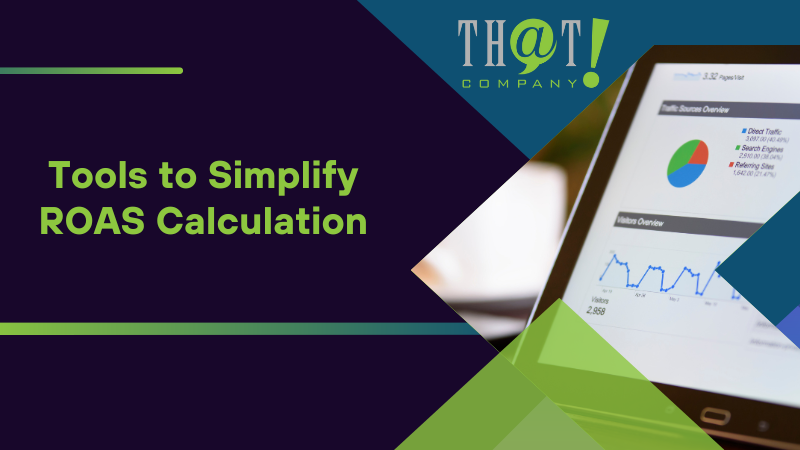
Tools to Simplify ROAS Calculation
Several tools can simplify the process of calculating ROAS, making it more accurate and less time-consuming. Creating conversion actions in Google Ads is a fundamental step. Assigning monetary values to these actions, whether as flat values or dynamic amounts tied to unique transactions, allows for more precise revenue tracking.
Beyond Google Ads, tools like Invoca can significantly enhance ROAS calculations. Invoca captures attribution data from phone conversations, providing a more comprehensive view of customer interactions and conversions.
These tools not only streamline the ROAS calculation process but also offer deeper insights into campaign performance, enabling better decision-making and optimization.

Factors Influencing ROAS
Several factors can influence ROAS, and understanding these can help advertisers optimize their campaigns for better returns. Customer Acquisition Cost (CAC) is one such factor; a high CAC can negatively affect profitability if the revenue per customer does not offset it. On the other hand, Customer Lifetime Value (CLV) can justify higher acquisition costs, positively impacting long-term ROAS.
Cost Per Acquisition (CPA) also plays a critical role. If CPA increases without a matching revenue increase, ROAS will decline. Click-Through Rate (CTR) indirectly influences ROAS as well; a higher CTR can lead to greater ad placements and lower CPC. Revenue Per Click (RPC) is essential for ROAS, as a higher RPC means each click generates more revenue.
Other factors like Quality Score, ad frequency, and seasonal trends also impact ROAS. A higher Quality Score often means lower CPCs and improved ad positions, enhancing ROAS. Managing ad frequency is crucial to prevent ad fatigue, which can negatively impact engagement and ROAS. Seasonal trends require periodic adjustments to optimize results.

Setting Realistic ROAS Targets
Setting realistic ROAS targets is crucial for aligning advertising efforts with business objectives. To establish a target ROAS strategy, start by calculating the break-even ROAS based on your profit margins and then adding a buffer to ensure profitability. This method helps in setting clear financial goals for your campaigns.
Aligning ROAS targets with broader business objectives ensures that marketing efforts contribute to overall profitability. For instance, e-commerce businesses typically aim for an average ROAS of around 4, while the travel industry seeks closer to 10. Setting clear performance goals for each campaign enables businesses to effectively track advertising budgets and ensure alignment with their objectives.

Improving Your ROAS on Google Ads
Improving ROAS on Google Ads requires a strategic approach. If a high-spending campaign is yielding low ROAS, it’s crucial to analyze the elements of the campaign to identify what’s not working. This might involve scrutinizing ad copy, targeting, and bid strategies.
Several strategies can help improve ROAS, including optimizing Cost-Per-Click (CPC), enhancing conversion rates, and increasing Average Order Value (AOV). Focusing on these areas transforms ad spend into a more efficient revenue-generating machine.
Optimizing Cost-Per-Click (CPC)
Cost-per-click (CPC) is a key marketing metric to optimize for improving ROAS. Advertisers should avoid highly competitive keywords to help lower their CPC. Using compelling content in ads can also reduce CPC by increasing engagement and click-through rates.
Regularly monitoring performance metrics is crucial for ongoing audience targeting and CPC optimization. Bidding on keywords with lower competition can lead to reduced CPC, enhancing overall marketing efficiency.
Enhancing Conversion Rates
The conversion rate is a vital metric for ROAS, as it measures the percentage of clicks that lead to desired actions, like purchases. Conversion rate optimization (CRO) involves strategies to improve the customer journey and reduce friction, leading to higher conversion rates. A/B testing is a powerful tool in CRO, comparing two versions of an ad or landing page to determine which performs better.
Retargeting campaigns are effective for reaching users who have previously engaged but did not convert. Conducting in-depth keyword research helps agencies reach the right audience with the most relevant search terms, boosting conversions while keeping costs in check in their marketing campaigns.
Increasing Average Order Value (AOV)
Average Order Value (AOV) significantly impacts ROAS; increasing AOV can lead to higher revenue per conversion. Offering discounts can be an effective strategy for encouraging higher average order values.
Cross-selling complementary products at checkout can also significantly increase AOV.

Reviewing and Adjusting Attribution Models
Google Ads offers several attribution models, including Last Click and Data-Driven, to help advertisers assign credit for conversions accurately. The Data-Driven attribution model uses historical account data to determine how much credit each ad interaction should receive for conversions. Changing to a Data-Driven model can provide deeper insights into which ad interactions are most effective throughout the conversion path.
It is important to review your attribution model to ensure marketing gets full credit for sales and to understand the impact of various touchpoints. Utilizing Google’s AI to predict conversion value can help optimize bids effectively for each auction. Campaigns that meet specific conversion thresholds are eligible for applying Target ROAS bidding strategies.

Leveraging Google Shopping Campaigns for Better ROAS
Google Shopping campaigns do not use traditional keywords; instead, they rely on a product feed to determine ad placements. Effective strategies for optimizing ROAS in Shopping campaigns include proper feed segmentation and employing the ‘Target ROAS’ bidding strategy to adjust bids for maximizing conversions.
Creating compelling visual ads that capture customer attention is critical for enhancing the effectiveness of Shopping ad campaign and ultimately achieving higher ROAS.

Monitoring and Reporting ROAS Performance
Regular monitoring and reporting of ROAS performance are essential to ensure that your advertising strategies remain effective. Tracking performance metrics like conversion rate and Cost Per Acquisition (CPA) helps evaluate the success of your ROAS targets. Regularly reviewing these metrics helps identify well-performing products or services, enabling informed bidding adjustments.
It’s also crucial to monitor daily spending against your budget to maintain appropriate budget pacing and avoid unwanted spikes in spending. Regularly assessing spending patterns ensures that your budgets are evenly distributed over time, preventing premature overspending and ensuring sustained campaign effectiveness.
Automated tools and dashboards can significantly reduce the manual effort involved in data entry and offer up-to-date insights on campaign performance. That! Company provides real-time conversion tracking and detailed, white labeled reports through its PPC white label services, empowering agencies to demonstrate campaign success and build long-term client trust.
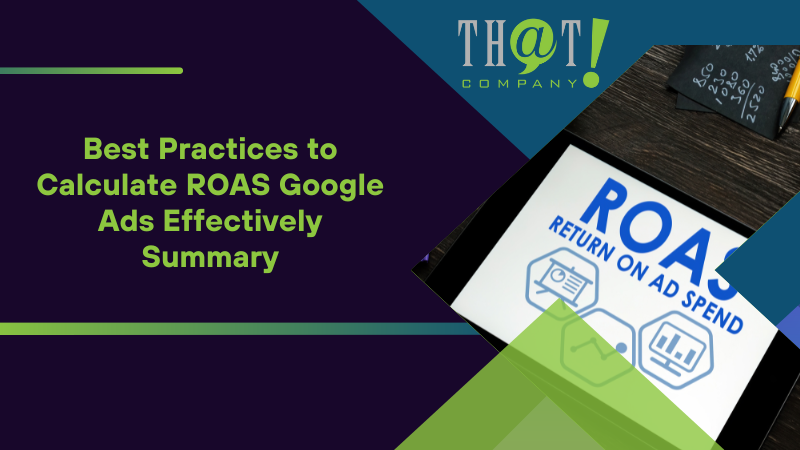
Summary
In summary, calculating ROAS effectively and optimizing it for Google Ads campaigns involves a multi-faceted approach. From understanding the basic ROAS formula to leveraging tools and strategies that enhance conversion rates and average order values, each step is crucial in maximizing your advertising spend’s profitability. By setting realistic ROAS targets and regularly reviewing performance, businesses can ensure their marketing efforts are aligned with broader business objectives. Partnering with white label services for agencies can further streamline this process, offering expert support and scalable solutions for consistent results.
As you implement these strategies, remember that continuous optimization and adjustment are key. The digital advertising landscape is dynamic, and staying ahead requires a combination of data-driven insights, strategic planning, and effective execution. Embrace these practices, and watch your ROAS soar, turning your Google Ads campaigns into powerful revenue-generating engines.

Frequently Asked Questions
What is ROAS and why is it important?
ROAS, or Return on Ad Spend, is key because it shows how much revenue you earn for every dollar spent on advertising. Understanding this metric helps you optimize your ad strategies and ensure you’re getting the best bang for your buck.
How do you calculate ROAS for Google Ads?
To calculate ROAS for Google Ads, simply divide your total revenue by your total ad spend and multiply by 100 for a percentage. So if you spend $1,000 and earn $5,000, your ROAS is 500%.
What tools can help simplify ROAS calculation?
Using tools like Google Ads’ conversion actions and Invoca can really simplify your ROAS calculations by giving you precise tracking and detailed conversion data. This can make your advertising strategy much more effective!
What factors influence ROAS?
ROAS is affected by factors like Customer Acquisition Cost, Customer Lifetime Value, and Click-Through Rate. Remember, seasonal trends and how often your ads are shown can also make a significant difference!
What strategies can improve ROAS on Google Ads?
To boost your ROAS on Google Ads, focus on optimizing your Cost-Per-Click and enhancing your conversion rates through A/B testing. Additionally, consider increasing your Average Order Value with discounts and cross-selling complementary products.










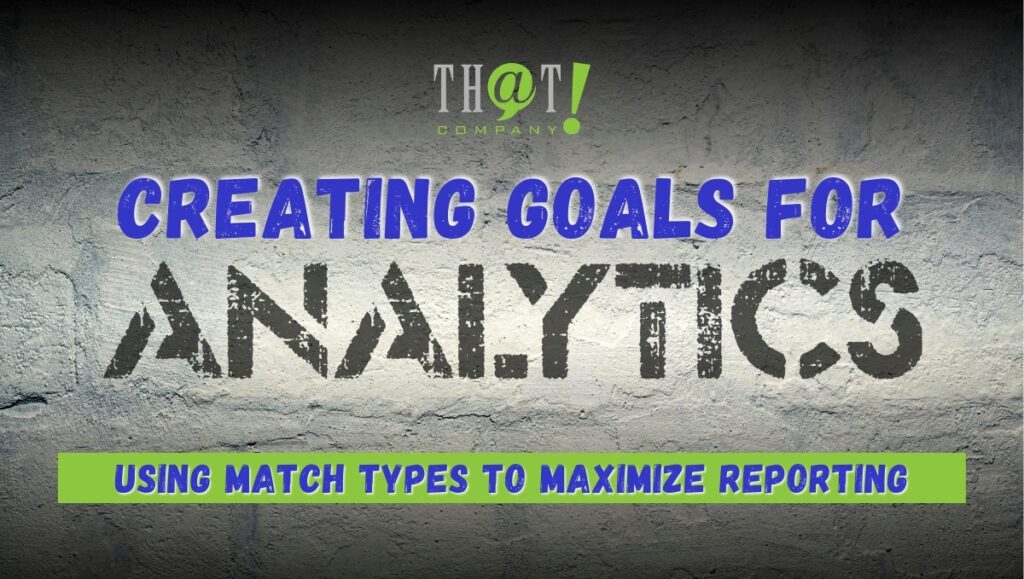

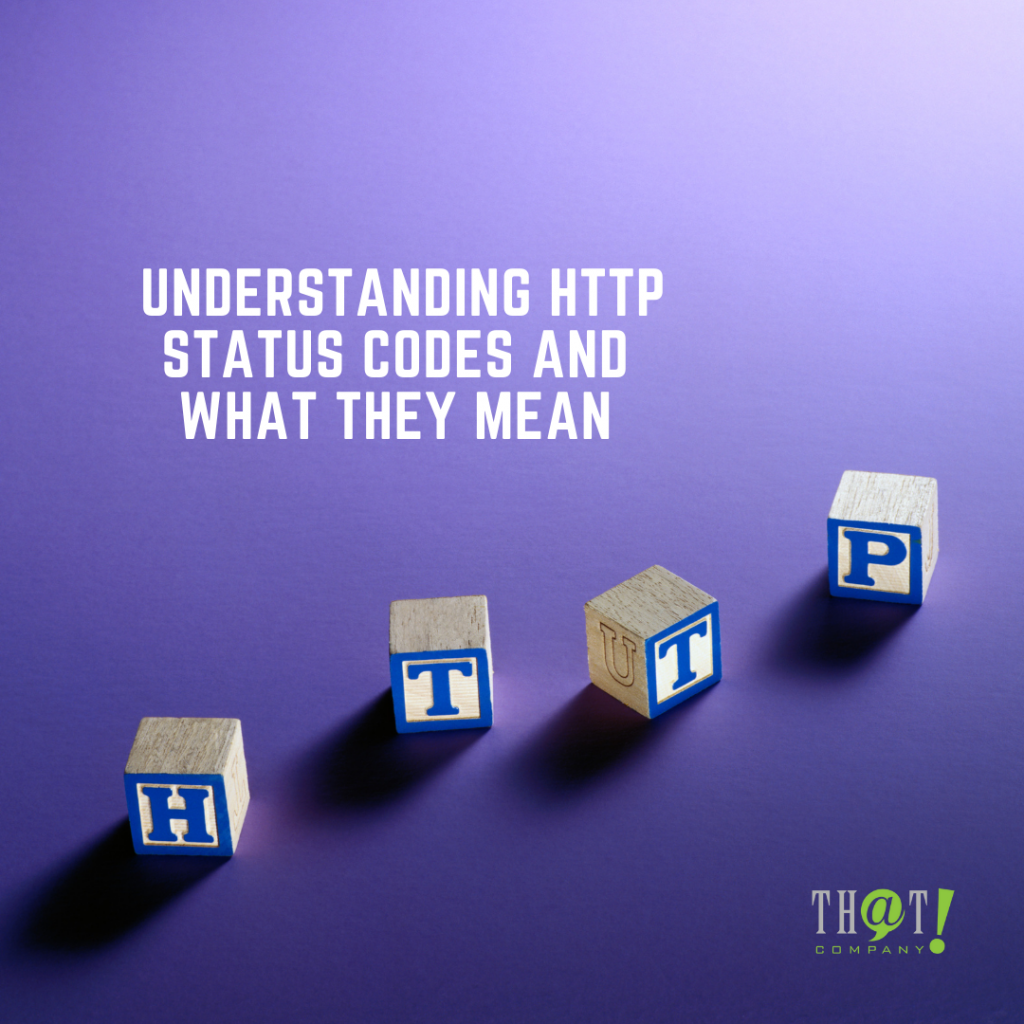







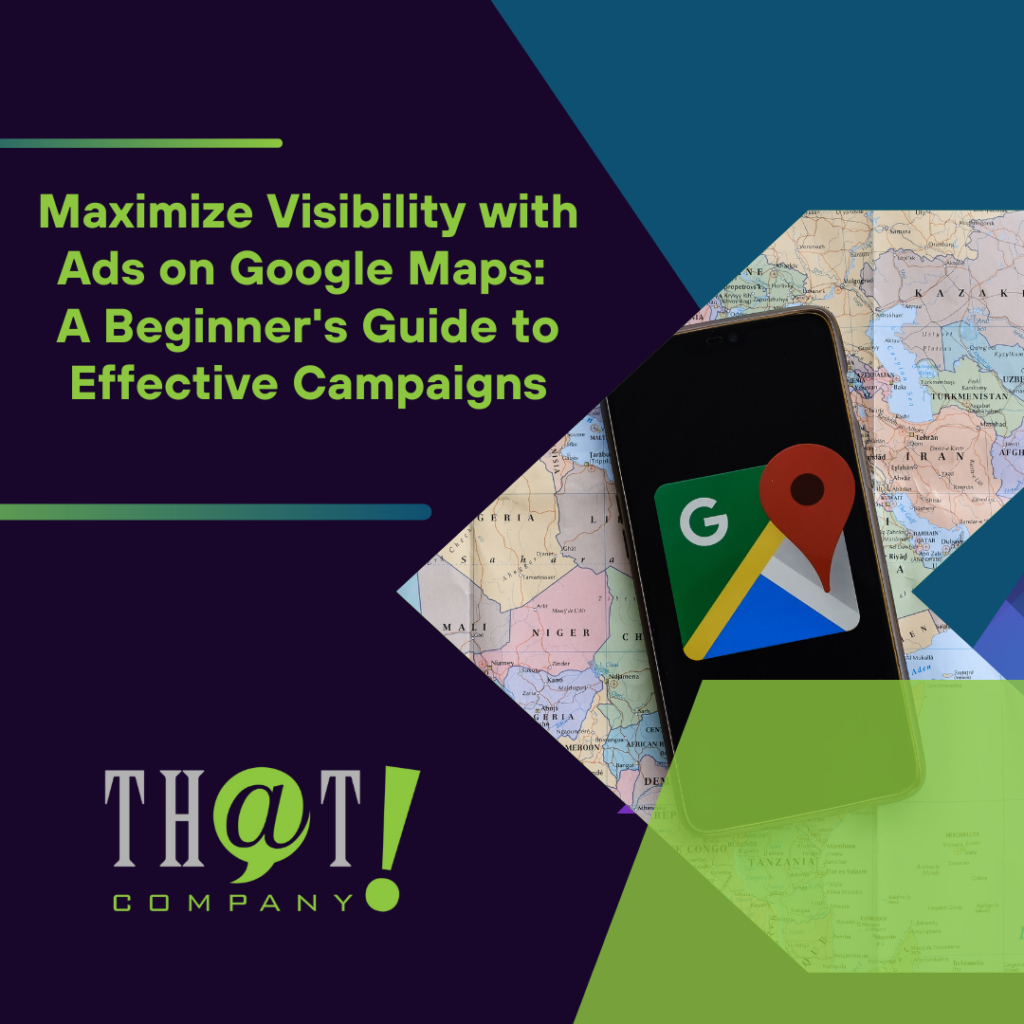
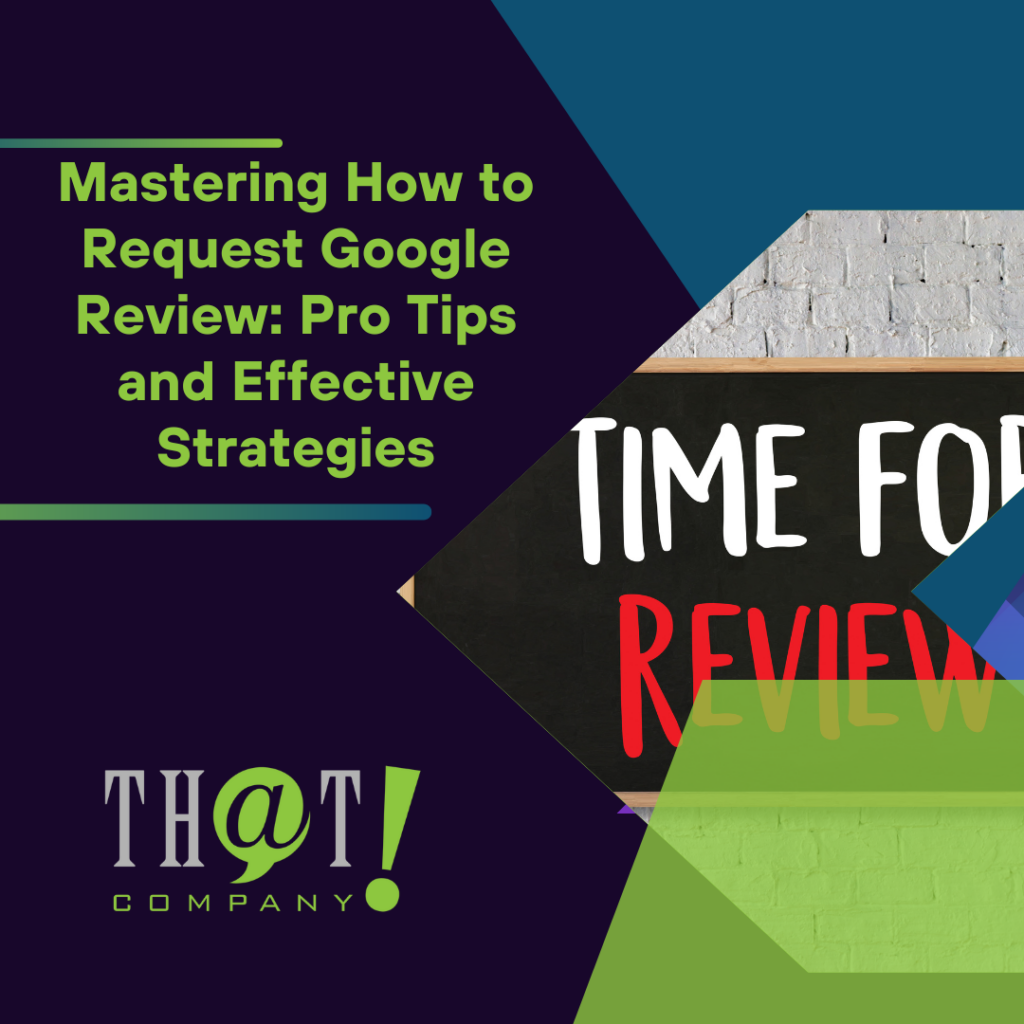

 Talk With Us
Talk With Us  Give Some Love
Give Some Love 


